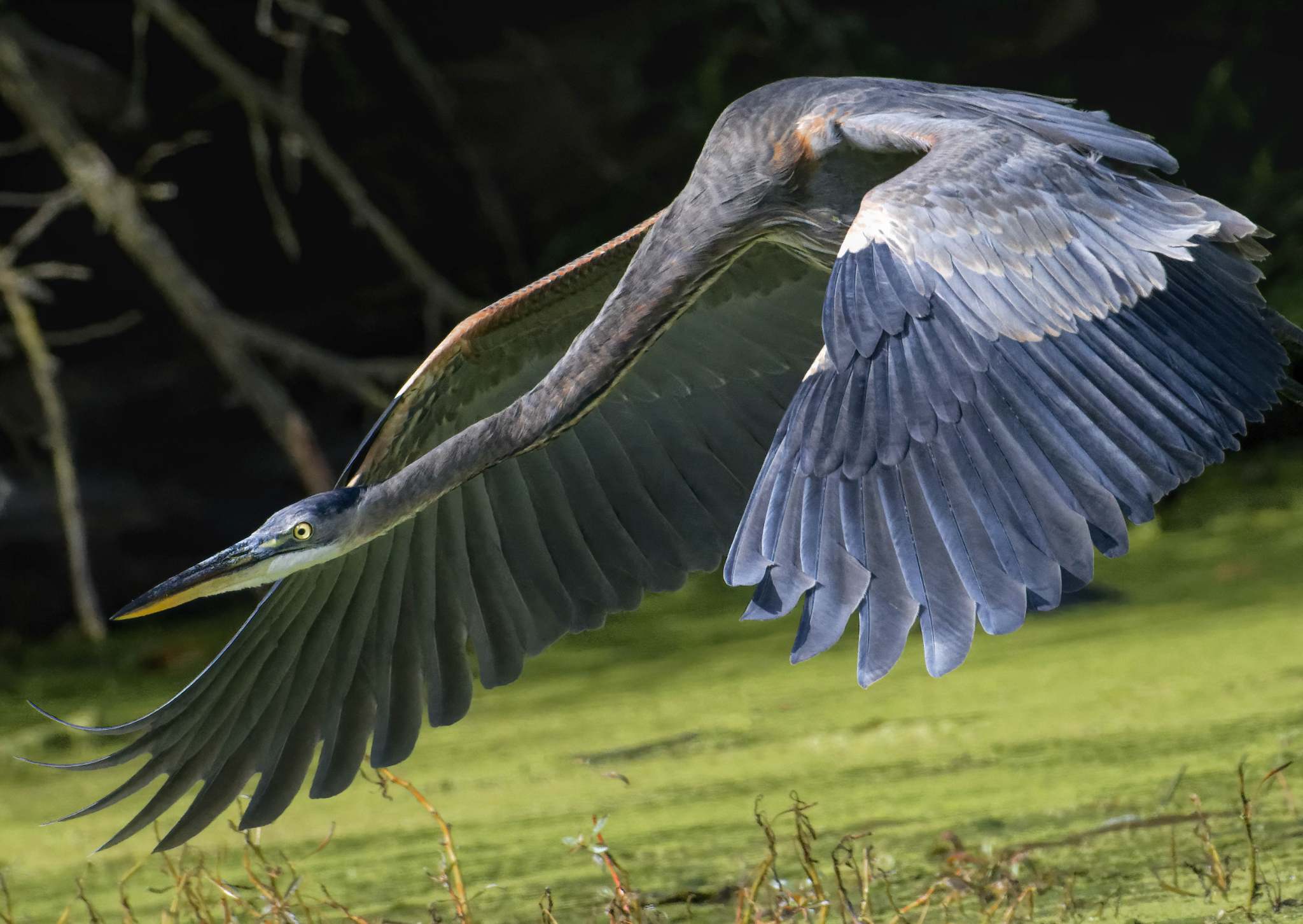Birds are modern-day dinosaurs? Believe it!

Adults probably learned in elementary school that dinosaurs were wiped off the earth 66 million years ago, when a massive asteroid struck just off the coast of what is now the Yucatan Peninsula of Mexico. And while it's true that the asteroid strike in the Cretaceous period started a mass extinction event, not all creatures died.
The bird species today are descendants of the survivors. Paleontologists and evolutionary scientists believe birds are dinosaurs — the last living dinosaurs on Earth, according to the American Museum of Natural History. This is because both physical characteristics like feathers and behavioral traits such as nesting and brooding that we associate with birds first occurred in dinosaurs.
“There is no doubt that birds are dinosaurs,” Luis Chiappe, director of the Dinosaur Institute at the Natural History Museum of Los Angeles County, told National Geographic. “The evidence is so overwhelming, I would put it next to whether you’re going to question if humans are primates.”
If you were to trace the family tree of a modern-day birds back to its origin, it would start with a dinosaur called Archaeopteryx, which weighed about 2 pounds. The Archaeopteryx didn't much resemble any bird we might see today, but it did have a few key features, including wings, feathers, and a wishbone, National Geographic reports.
Tracing back evolutionary roots even further, researchers have been able to determine that the birds of today all evolved from a group of dinosaurs called theropods, meat eaters that included the mighty Tyrannosaurus rex, although birds that exist today evolved from smaller theropods. The birds of today are most closely related to a group of two-legged theropods that weighed between 100 pounds and 500 pounds, huge by modern-day bird standards, Scientific American reports.
When the asteroid struck 66 million years ago, most dinosaurs were forced into extinction, but the bird-like dinosaurs survived. In the millions of years since, birds have continued to evolve in many ways, giving rise to the thousands of different species that exist today, according to the Natural History Museum in England.
Our current understanding of the evolutionary link between birds and dinosaurs was aided by the discovery of hundreds of dinosaur fossils, mostly in China, beginning in the 1980s, according to the Cornell Lab of Ornithology. These fossils reinforced scientists' theory that some dinosaurs were warm blooded and covered in feathers.
But wings and feathers aren't the only things birds and dinosaurs have in common. Many dinosaurs, including T. rex and other velociraptors as well as the massive apatosaurus (formerly known as the brontosaurus), had the same hyper-efficient respiratory systems that set birds apart from other animals, according to the Cornell Lab.
While the link between birds and dinosaurs is clearly and firmly established, many mysteries remain. Among these is why some dinosaurs — including those related to birds — survived the extinction. Theories abound, including ideas about their varied diets, ability to fly, small size and even nesting ability. Perhaps most likely is that a combination of these characteristics contributed to their survival, but study continues to further understand the link between birds and dinosaurs.
